(This article was originally published in Mid-Day Travel section)
Wildlife safaris are always full of expectations, surprises, and disappointments. The feverish anticipation and wonderful surprises are what that makes these safaris special. Exploring Kanha National Park, the backdrop of Kiplingís Jungle Book, was no different.
First of our five safaris in Kanha was in the evening. Unexpected rains in the afternoon, though offered a cool evening, dulled everyoneís expectations. But as it turned out, we had a few memorable sightings before we wound up for the day. It started with a jungle fox, a few minutes into the Kanha zone. It stood there nonchalantly, as everyone had their fill of snaps.
Kanha National Park is divided into four zonesóKanha, Kisli, Mukki, and Sarhi. Each has its own unique topography, and hence, some specific species are found in abundance in each zone. We entered the park from Khatia gate and headed for the Kanha zone, for which we had to pass through the Kisli zone. Kanha zone, considered the premium zone, is of mixed forest typesósal and bamboo trees, grasslands, and several waterbodies.
After the fox, it was the turn of a herd of barasinghas (hard-ground swamp deers). These handsome animals with wooly hair and 12-point antlers were once at the brink of extinction. Their resurgence is one of the great success stories in wildlife conservation efforts. The vast meadows of Kanha zone offer more chances of tiger sightings, so we were expectant.
Then, it started raining again. We had half a mind to get drenched but our guide and others in the Gypsy didnít think so. So we covered ourselves with a tarpaulin. There were no poles/sticks in the Gypsy to keep it as a canopy. For some time, all we could do was just to peep from under the tarpaulin at the muddy trails.
Soon, the rain stopped and the sky cleared. By this time, we had reached Shravan Tal, one of the important points in the Kanha zone. As per legends, Shravan Kumar, on a pilgrimage with his blind parents, stopped at the lake to fill water. On the hearing the sound, King Dasharatha, on a hunting trip, shot in that direction, thinking itís an animal drinking water, and killed Shravan. The grieving parents placed a curse on Dasharatha that he too would die without his beloved son at his death bed.
We waited at the Shravan Tal for some time, enjoying the landscape and scanning the area for animals. As we moved further, it was a sloth bearís turn to surprise us. But it didnít bother with a photo-op but walked away into the woods. After watching a herd of Indian gaurs chatting up with a few mynahs, we were about to call it a day when we saw a couple of Gypsies waiting ahead and people pointing at one direction. Our driver took us there fast, and alas, among the grass was the royal Bengal tiger! Spotting it with naked eye was difficult but with binoculars, we could see the big cat calmly taking a rest, unmindful of the eager human beings around.
Next dayís morning safari was to Kisli zone. With more or less the same landscape as Kanha zone, Kisli is where we had a very clear sighting of tiger. It was about to cross the trail in front of us when a forest official came walking toward it. Sensing the tigerís hesitation, the Gypsy in front of us went ahead and warned the person. The tiger waited for some more time and crossed the trail right in front of us. Guides knew it would cross the trail again at one more point, so we headed there and waited. We could see the tiger approaching us though the forest. How camouflaged it was! But as the number of Gypsies increased, it decided to wait in the thickets. We waited there for about 20 minutes, watching it cleaning its face and sneezing. Then we moved on, hoping to see more of the wild denizens.
Good decision that was because we spotted a grey nightjar nesting on the side of the trail, several Indian rollers, spotted deers, and sambhars, and an amazing cluster of lemon emigrant butterflies, before ending the morning safari. There is so much to see in the wild other than tigers!
That dayís evening safari was again to Kisli zone. Peacocks, green bee-eaters, spotted deers, barasinghas, Indian rollers, wooly necked storks, and white-rumped vultures were among the catch of this safari.
On the third day, we were again lucky to spot a tiger during the morning safari to Kanha zone. Well-camouflaged, it was sitting at the edge of a stream, drinking water. A good beginning for the day, and we went on to sight many birds. In addition, we spent a good amount of time at the Kanha museum, located near the entrance of Kisli Gate. One can visit the museum only during the safari, as it is well inside the park. So a lot of visitors give this a skip as it eats into the safari time. However, itís a time well-spent. The museum showcases a fascinating collection of exhibits related to the forest ecosystem. There is also a light-and-sound show that gives the viewers a feel of the forest in the night.
The last safari was to Mukki zone. One of the highlights this time was barking deer. The small, shy animal was drinking water from a lake, and the moment it sensed humans around, it dashed across at high speed and didnít stop until it felt it had gained a safe distance from us. Another interesting sight we had was an Indian gaur feeding its calf in the middle of the trail. We had to wait till the mother-kid duo decided to move away. In the Mukki zone, the forest was amazing and refreshingly green in the month of May. It was more lush and thick compared to Kanha and Kisli zones.
The trip was organized by Nature India, so it was expected that we would get more out of the trip than just safaris. On the last day of the trip, there was a short birding trip in the morning, around our resort, Mogli Resorts. The resort campus and the area around it is kind of forest itself, so during this morning walk, we spotted several birdsóoriental white eye, large cuckoo shrike, racket-tailed drongo, oriental magpie robin, chestnut-bellied nuthatch, just to name a few.
Kanha National Park and Tiger Reserve, one of the best-managed tiger reserves in India, is situated in the state of Madhya Pradesh. The park is spread over 940 sq. km. Wildlife safari inside the park has to be booked online in advance. The zone (Kanha, Kisli, Mukki, and Sarhi) has to be selected at the time of safari booking itself. Only park entrance fee is paid during online booking. Guide fee has to be paid at entrance gate at the time of entrance. Also the safari vehicle has to be booked separately. This can be done through the resort where you stay.
How to Reach
Nearest cities are Jabalpur (165 km to Khatia gate), Raipur (260 km to Mukki gate), and Nagpur (300 km to Mukki gate). Taxi can be hired from these cities to Kanha.
Where to Stay
There are several resorts around the tiger reserve, including those run my MP Tourism.
When to Go
The park is open daily from October 15 to June 30. The opening hours and safari duration vary as per the season. Winter season, with temperature ranging from 1 to 28 degree Celsius, is from November to February. Summer season is from March to June, and temperature can soar up 44 degree Celsius. Best time for animals sighting is between February and May.

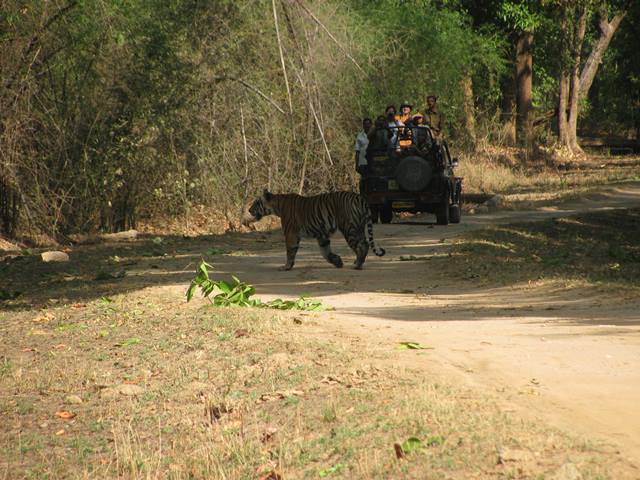

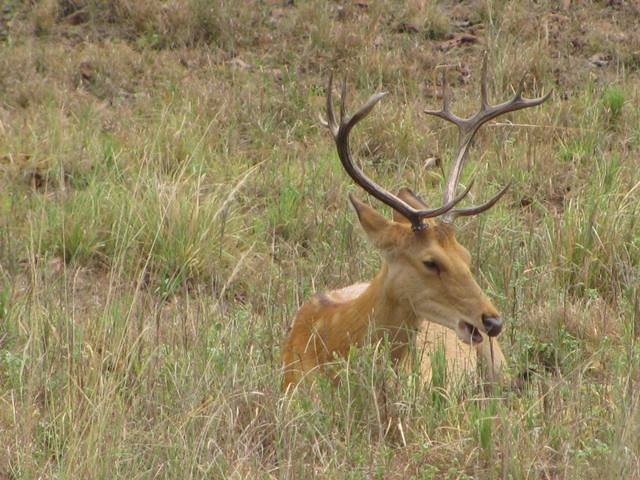
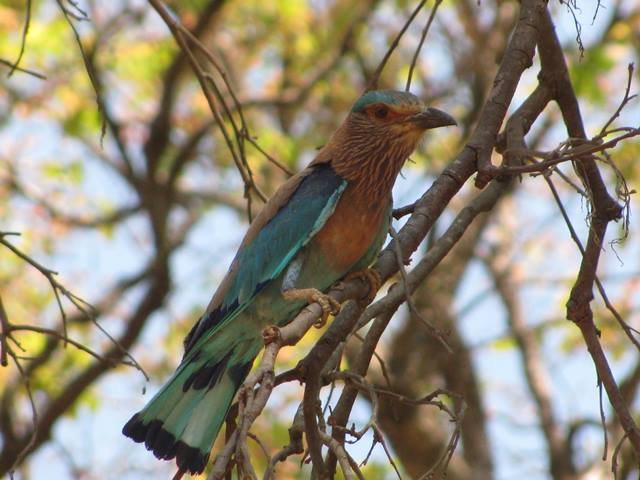
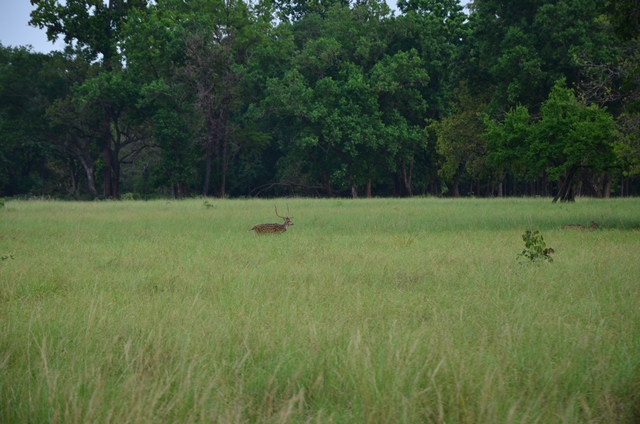
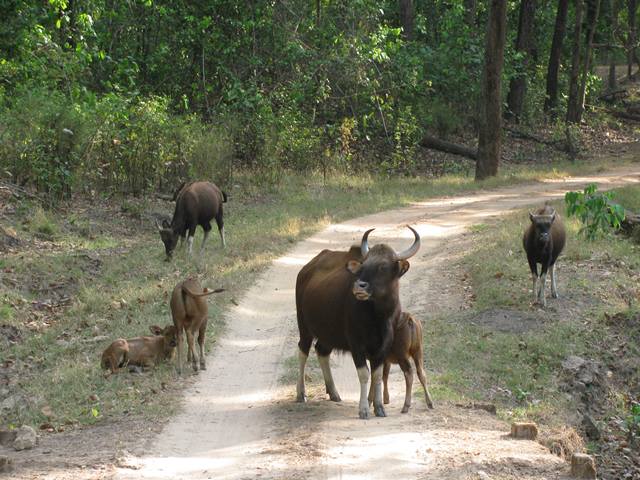
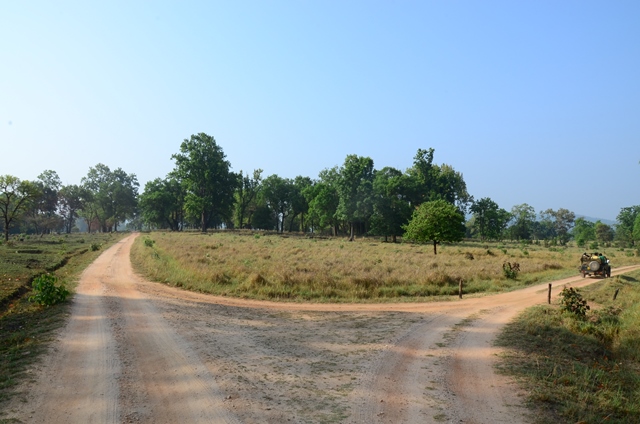
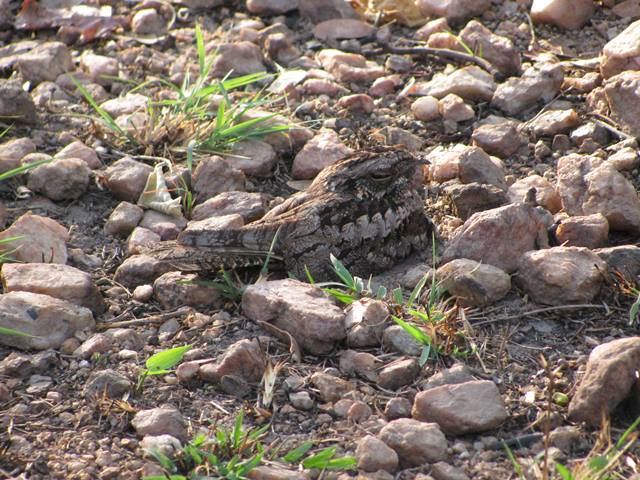
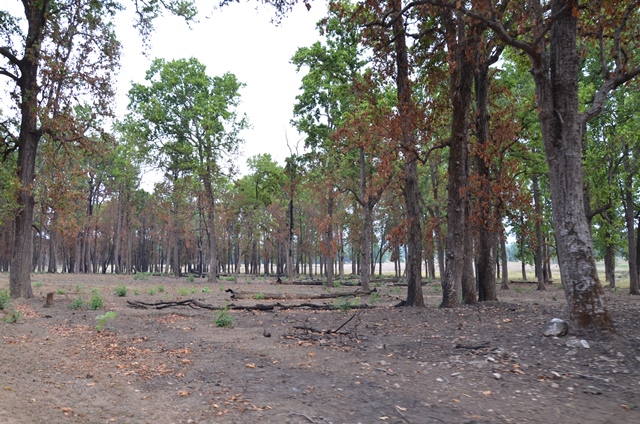
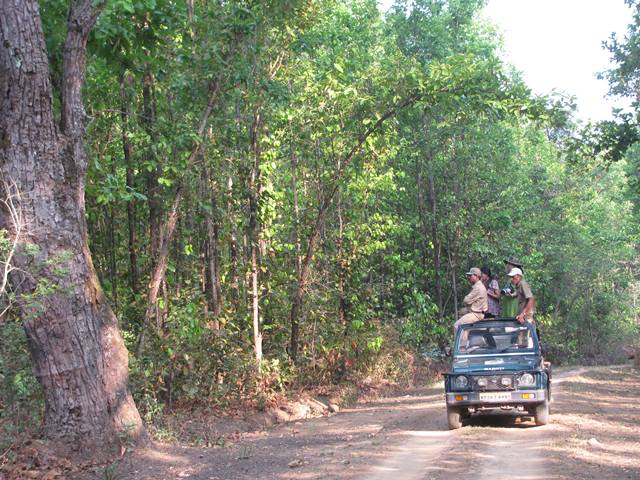
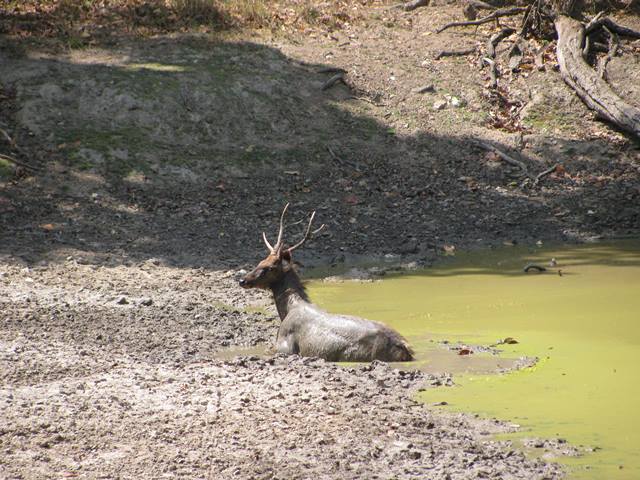
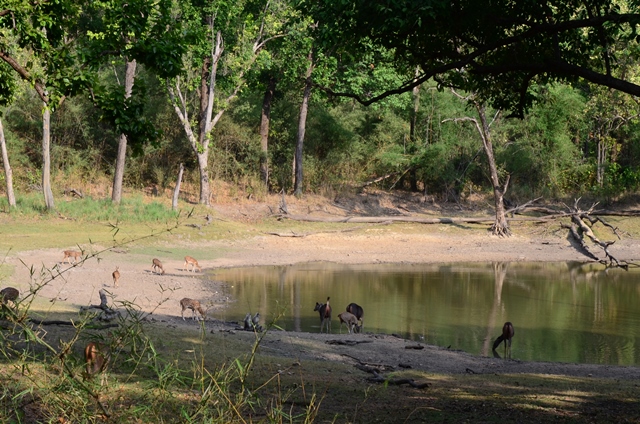
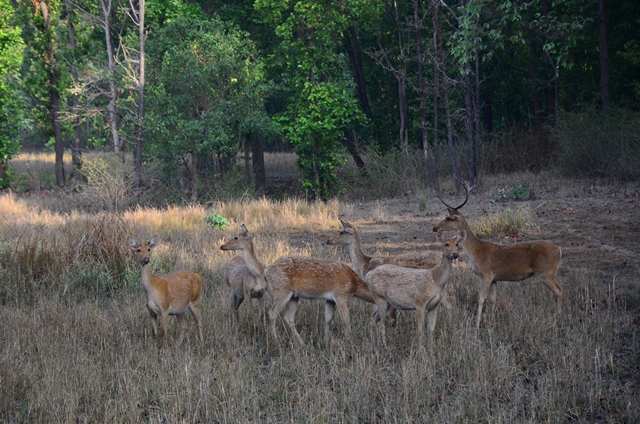
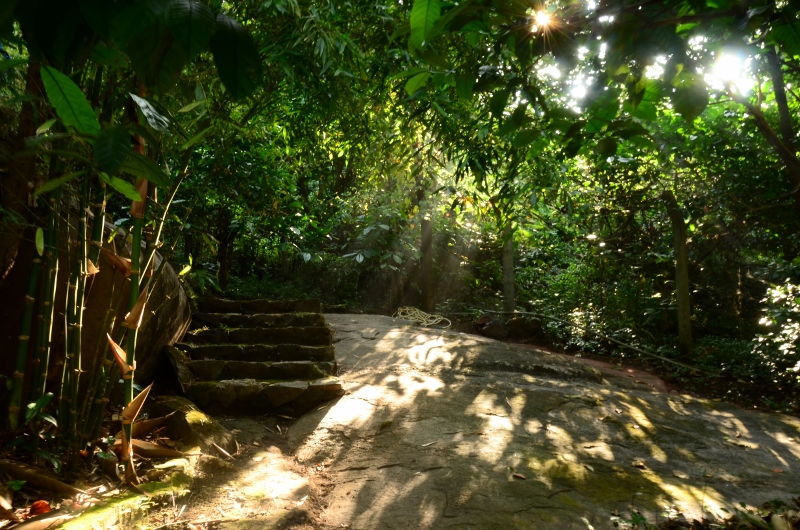
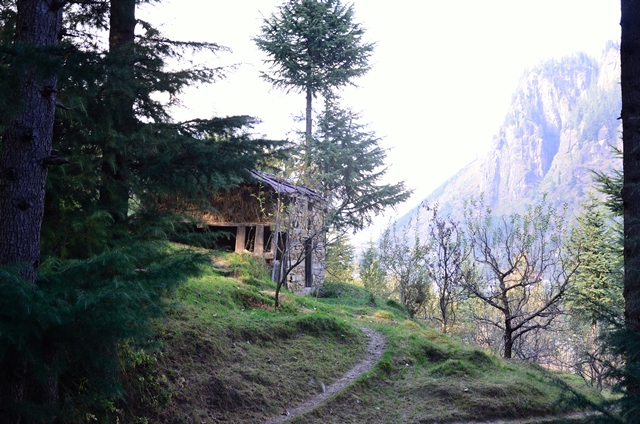
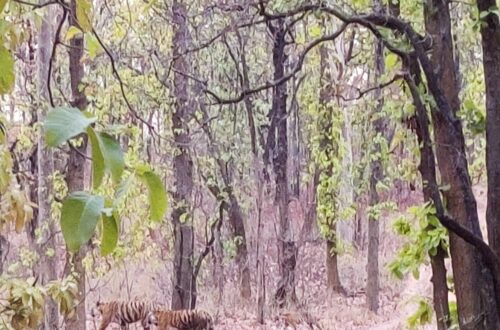
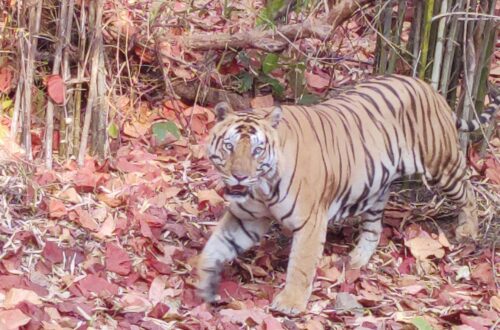
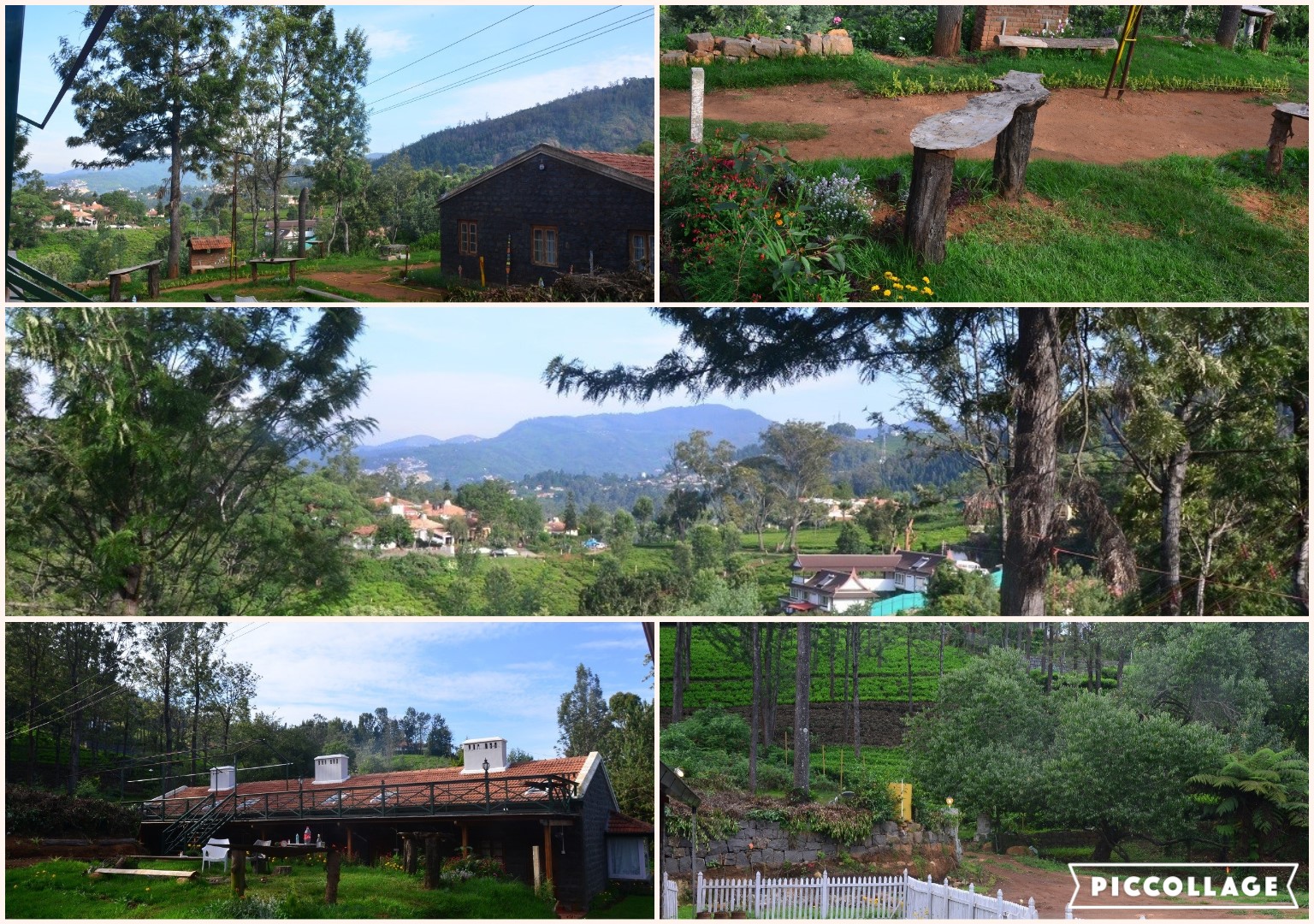
Great work.. My next long vacation plan can now be planned with this valuable information. The pictures that you took are amazing. Thanks.
Tadoba National Park I am thinking to visit and now after watching your post photos I am thinking to visit Kanha too but after the rains. Thanks for writing. The two path photo is very good. Thought – Deewar.
Nice post on Kanha. As exciting as ever.